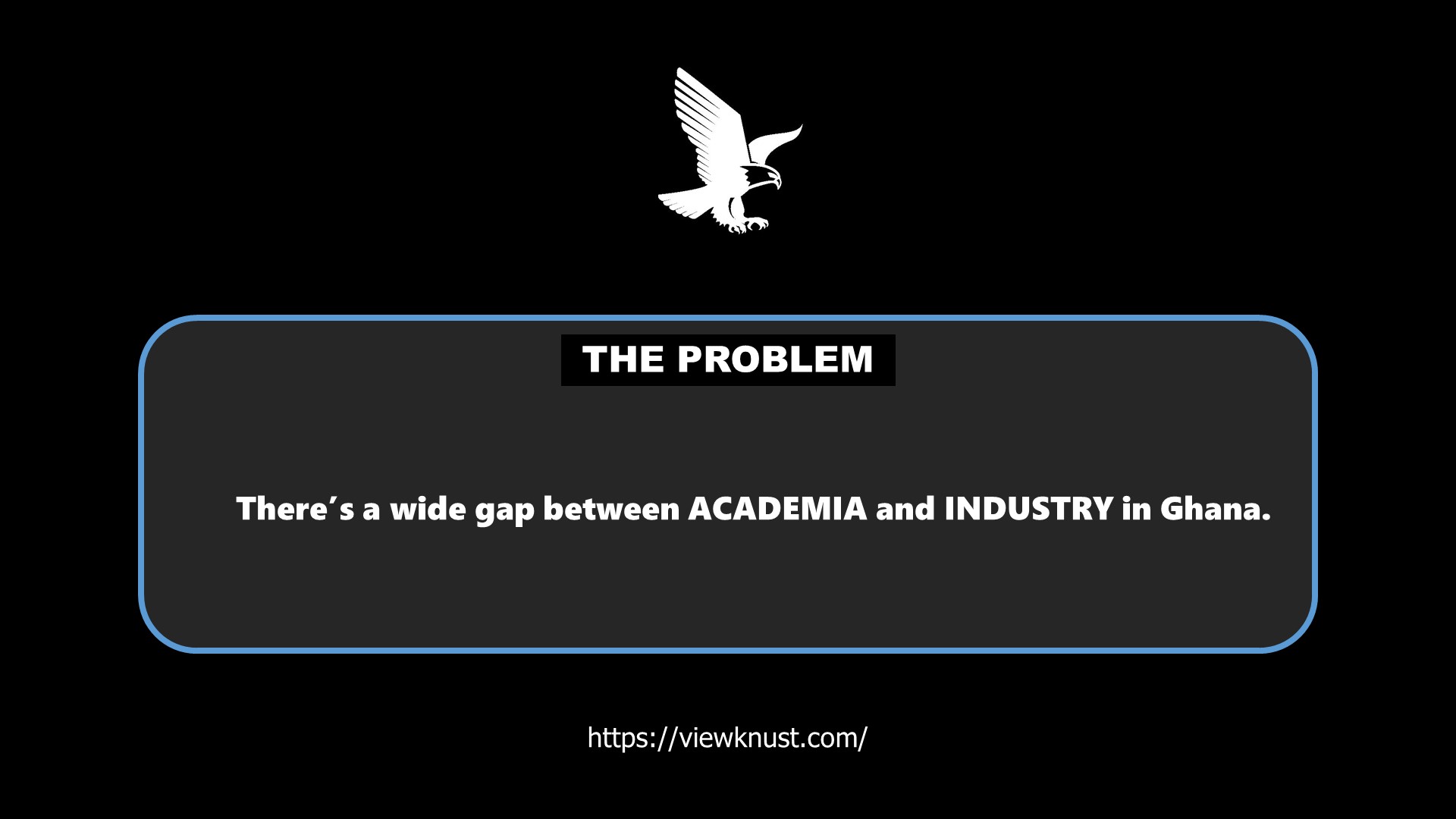About Us – Project VIEW
Room 5
“Project VIEW, tell me more about yourself”
Eeermm…About us, oh sorry, about me? Before you can understand me, you need to know the thoughts that went through my founders’ heads right about when I was created. My name Project VIEW should suggest I’m a plan to solve a problem or complete a certain task. Let’s first talk about that problem.
Why Project VIEW?
The university provides a broad-based education, while the industry requires specific-based training. This already creates a gap. Therefore, pushing graduates to workforce is like asking people to swim from Africa to North America through the Atlantic Ocean. It will be more about survival and chances that majority makes it to the intended target are minimal.

However, if a bridge is built to connect the two sides, the direction is guided, the path is clear and the chance of seeing majority of survivors on the other side is significantly improved.
My job is to make students well differentiated to fit the various field, so, on the industry side, they can be easily and well integrated.
What is Project VIEW?
I am a tech firm that bridges academia and industry through innovative and technology-driven initiatives.
Who does Project VIEW serve?
The target audiences are primarily students, as they have to transition from school to workforce. We also intend to draw in all stakeholders and third parties who can play a vital role in the realization of the goals.
Principles of Project VIEW
There are 4 pillars on which the project rests and will forever draw its strength. They form the fundamentals of our “revolutionized” education system and they’re as simple as it can get.
Know:
The first step in every education is to acquire knowledge. This is when effective efforts are made to gather relevant information, facts and concepts, and feed them to the mind. At this stage, the most important thing is that the brain gets footprints to signal you truly have come across the subjects before. Knowing lays the groundwork for the subsequent principles and provides a base upon which a deeper understanding can be constructed.
Understand:
Now that you have inputted the information, you need to make sense of or wrap your head around them. This is where you try to find how they relate with one another, the pattern they create and the implications they have. At this point, it goes beyond just familiarity. Understanding ensures a more profound grasp of the subject matter and makes imprints that cannot be easily erased while showing evidently you know what you’re doing.
Remember:
This principle is essential because it is the only proof that you know and understand the subject matter. Your inability to recall means there was a gap somewhere within the first two principles: either you could not have all the relevant details or you just could not process some of them and, even if you did, the understanding was incomplete. This is why consistent revisit to the first two principles on a subject can go a long way to help you better your grasp on it.
Apply:
The ultimate goal of the learning or education process is Apply. It involves the practical application of knowledge and understanding to real-world situations. Mastery of a subject is demonstrated through problem-solving, critical thinking and the ability to use the learned concepts in practical scenarios. Application marks the pinnacle of the learning journey, transforming theoretical knowledge into functional skills.